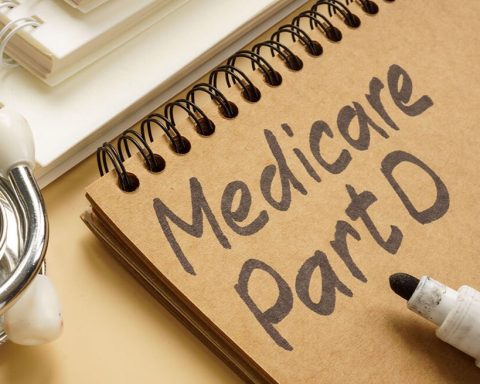The General Enrollment Period (GEP) is a specific period designated by the Centers for Medicare & Medicaid Services (CMS) during which individuals can enroll in Medicare Part A and/or Part B. This enrollment opportunity is available for those who missed their Initial Enrollment Period (IEP) and did not qualify for a Special Enrollment Period (SEP). Understanding the General Enrollment Period is crucial for individuals approaching Medicare eligibility or those who need to enroll or make changes to their Medicare coverage. In this article, we explore the concept of the General Enrollment Period, its significance, and how individuals can take advantage of this enrollment opportunity.
Timing and Duration of the General Enrollment Period
The General Enrollment Period typically occurs annually from January 1st to March 31st. It is specifically intended for individuals who missed their Initial Enrollment Period (IEP), which is the seven-month window surrounding their 65th birthday. During the GEP, individuals who did not sign up for Medicare Part A and/or Part B during their IEP have another chance to enroll.
Who Can Enroll During the General Enrollment Period?
The General Enrollment Period is available to individuals who meet the following criteria:
- Missed IEP Deadline: Individuals who did not enroll in Medicare Part A and/or Part B during their Initial Enrollment Period (IEP) can use the GEP to sign up.
- Not Eligible for a Special Enrollment Period (SEP): Some individuals may qualify for a Special Enrollment Period (SEP) based on certain life events or circumstances (e.g., employment-based coverage, moving to a new area). If they do not qualify for an SEP, they can use the GEP to enroll in Medicare.
Impact and Coverage Start Date
Enrolling during the General Enrollment Period can impact coverage start dates:
- Delayed Coverage Start: If individuals enroll in Medicare Part A and/or Part B during the GEP, their coverage will not begin until July 1st of that year. This means they may have a gap in healthcare coverage from their 65th birthday until July 1st.
- Late Enrollment Penalty: Those who sign up for Part B during the GEP may face a late enrollment penalty. This penalty results in a higher premium for Part B for every 12-month period the individual could have had Part B but did not enroll.
How to Enroll During the General Enrollment Period
To enroll during the General Enrollment Period, individuals can:
- Visit Social Security Administration (SSA): Contact the SSA office and request enrollment in Medicare Part A and/or Part B.
- Complete Forms: Fill out the necessary enrollment forms provided by the SSA.
- Be Aware of Deadlines: Submit the enrollment forms within the GEP (January 1st to March 31st) to ensure coverage starting July 1st of the same year.
The General Enrollment Period provides a second chance for individuals who missed their Initial Enrollment Period to enroll in Medicare Part A and/or Part B. Understanding the timing, eligibility criteria, and impact of this enrollment opportunity is vital for individuals nearing Medicare eligibility or those who need to make changes to their Medicare coverage. By taking advantage of the General Enrollment Period, individuals can secure Medicare coverage and access the healthcare benefits they need for their health and well-being.







